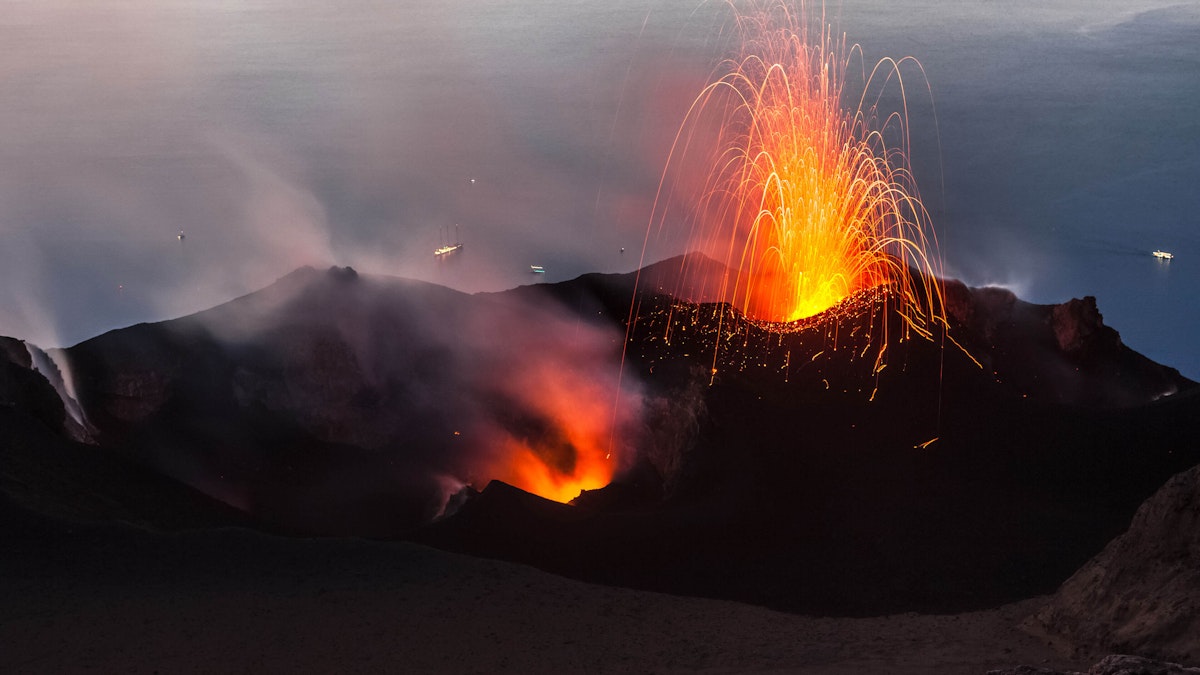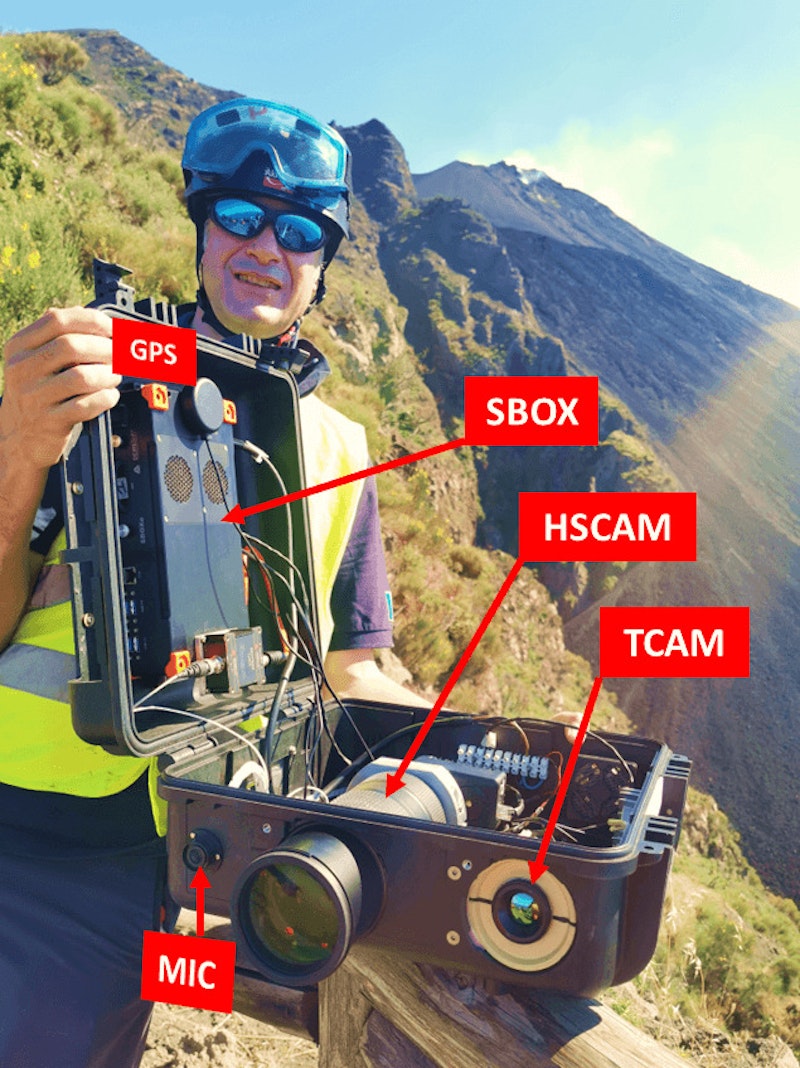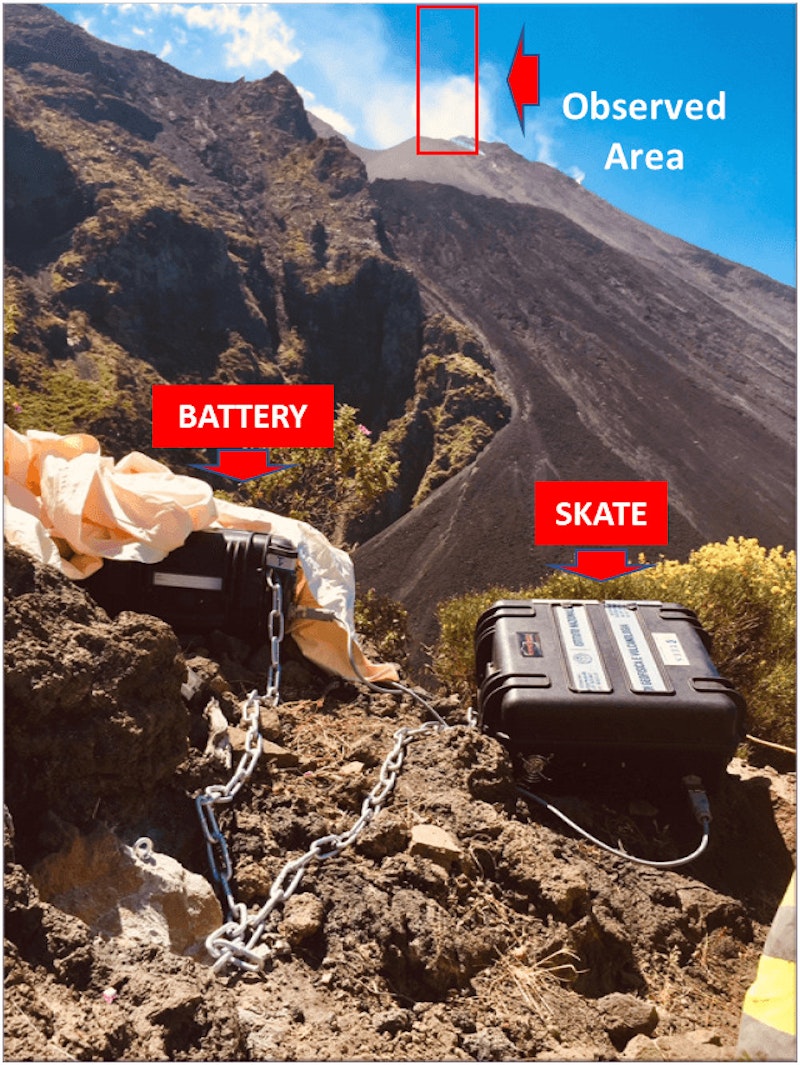Table of contents
Browse categories
Browse authors
 AB
ABAlberto Boffi
 AL
ALAlessia Longo
 AH
AHAl Hoge
 AB
ABAljaž Blažun
 BJ
BJBernard Jerman
 BČ
BČBojan Čontala
 CF
CFCarsten Frederiksen
 CS
CSCarsten Stjernfelt
 DC
DCDaniel Colmenares
 DF
DFDino Florjančič
 EB
EBEmanuele Burgognoni
 EK
EKEva Kalšek
 FB
FBFranck Beranger
 GR
GRGabriele Ribichini
Glacier Chen
 GS
GSGrant Maloy Smith
 HB
HBHelmut Behmüller
 IB
IBIza Burnik
 JO
JOJaka Ogorevc
 JR
JRJake Rosenthal
 JS
JSJernej Sirk
 JM
JMJohn Miller
 KM
KMKarla Yera Morales
 KD
KDKayla Day
 KS
KSKonrad Schweiger
Leslie Wang
 LS
LSLoïc Siret
 LJ
LJLuka Jerman
 MB
MBMarco Behmer
 MR
MRMarco Ribichini
 ML
MLMatic Lebar
 MS
MSMatjaž Strniša
 ME
MEMatthew Engquist
 ME
MEMichael Elmerick
 NP
NPNicolas Phan
 OM
OMOwen Maginity
 PF
PFPatrick Fu
 PR
PRPrimož Rome
 RM
RMRok Mesar
 RS
RSRupert Schwarz
 SA
SASamuele Ardizio
 SK
SKSimon Kodrič
 SG
SGSøren Linnet Gjelstrup
 TH
THThorsten Hartleb
 TV
TVTirin Varghese
 UK
UKUrban Kuhar
Valentino Pagliara
 VS
VSVid Selič
 WK
WKWill Kooiker
Multi-Parametric Monitoring of Volcanic Activity at Stromboli

Marco Ribichini && Patrizia Battelli (Technical Specialist at INGV)
Istituto Nazionale di Geofisica e Vulcanologia (INGV)
June 28, 2023
Authorities and researchers have established alert levels for five of Italy's active volcanoes, including Stromboli near Sicily. The Italian research institute for volcanology now uses an integrated monitoring system for research purposes. The system will help predict future risks for the nearby population and environment.
The data acquisition system is designed to acquire multiparametric data on the volcano’s eruptive phenomena. This is achieved by continuously recording signals picked up by a microphone, a high-speed, and a thermal video camera.

The Stromboli volcano is located in the Tyrrhenian Sea and forms the northeasternmost island of the Aeolian archipelago north of Sicily. As one of the most active volcanoes in the world, it is often referred to as the "Lighthouse of the Mediterranean."
Stromboli is a stratovolcano. It is built up of alternate layers of lava and ash rising 924 meters above sea level and covering an area of 12.2 km². About 750 meters above sea level, the crater terrace houses the three active craters, each containing several eruptive vents.
The island of Stromboli is the result of the last eruptive cycle, which took place around 5000 years ago. Its eruptive activity is persistent and manifested through medium-low intensity eruptions, characterized by the launch of lapilli, ashes, and lava fragments.
The volcano sometimes gives rise to paroxysms, sudden and more intense eruptive phenomena involving spewing bombs-like blocks and ash. Geologists characterize the paroxysm as a particularly violent eruption of the volcano. This is the most dangerous and tense stage of this eruptive cycle, at which the whole cavity of the crater is opened.
During these violent eruptions, the volcano produces eruptive columns consisting of gas, ashes, and lapilli which can exceed 5000 meters above sea level and cause disruption to air traffic. The last such eruption occurred in the summer of 2019.
National Institute of Geophysics and Volcanology (INGV) is an Italian research institution dealing with Earth sciences, particularly geophysics, geology, seismology, and volcanology. INGV is one of the largest European research institutions in Earth sciences and is responsible for seismic and volcanic surveillance in Italy in agreement with the Civil Protection Department (DPC).
The DPC and INGV have established alert levels for five of Italy's active volcanoes. This includes Stromboli, which we recently placed on orange alert due to the increased volcanic activity. We determined the intense levels by combining monitoring data and information on current phenomena. INGV is also responsible for Center for Monitoring of the Aeolian Islands (CME), which coordinates the scientific research and surveillance of the archipelago’s volcanic activity.
The volcano monitoring is active 24 hours a day and provides continuous detection of the following parameters:
Seismic
Acoustic
Geochemical
Ground deformation
Magnetic
Gravimetric
Thermal
The data we record are sent to the two INGV observatories (Etneo and Vesuvius observatories), which in turn sends them to the INGV section of Catania and Naples to monitor the data. Through this research system, the observatories obtain valid information to predict potential risks for the population and the surrounding environment.
| Alert levels | Status of the volcano |
|---|---|
| Green | Volcano in a state of equilibriumMonitoring parameters normal |
| Yellow | Volcano in a state of potential imbalanceMonitoring parameters on anomalous values protracted over time |
| Orange | Volcano in a state of imbalanceMonitoring parameters on high values over time |
| Red | Volcano in a state of strong imbalanceMonitoring parameters rapidly evolving to constantly very high values |
The monitoring solution
Surveying the volcanic, seismic, and environmental phenomena on the islands, CME coordinates the acquisition, analysis, interpretation, and modelling of multidisciplinary data. Thanks to the collaboration with Dewesoft, it was possible to acquire different types of signals simultaneously.
The measurement system was created for measuring volcanological events. It focuses on continuous signal recording, such as those picked up by a GRAS microphone, to measure the extent of the explosive volcanic phenomenon. High-speed and thermal video cameras are used to have a visual recording of the eruptive-explosive activity and its hazards.
The thermal video camera was instrumental in the system setup. It allows continuous recording even at night and in poor visibility conditions. We also used it as a trigger signal for activating the microphone and high-speed camera.
The high-speed camera enabled us to measure in detail the emission of volcanic particles and the dynamics of eruptive jets. It is allowing for a deeper understanding of the correlation between volcanic activity and the related risks.
Data acquisition system called SKATE
We named the data acquisition system SKATE. It is an acronym for Setup for the Kinematic Acquisition of Explosive Eruptions.
We designed the system to acquire multiparametric data on the eruptive phenomena of the volcano. The DAQ system is integrated into a waterproof and rigid case the size of a boarding suitcase. A combined weight of less than 10 kg makes it easily transportable, even on board an aircraft.
Thanks to the Dewesoft it is possible to acquire and analyze multidisciplinary data in a more complete and in-depth way. And this is very important to improve the understanding of volcanological phenomena.
At the bottom of the case are several electronic devices:
The Optris-PI640 thermal imaging camera is stably and firmly mounted on a conical membrane allowing the camera to rotate.
The Dewesoft DS-CAM 600 high-speed camera perfectly synchronizes the video to analog data with real-time video compression.
The GRAS microphone.
A GNSS sensor.
A cooling fan for ventilating and cooling the system.
For measurements of transient volcanic eruptions with short durations and long intervals between activities, thermal-based triggering is the preferred choice. The best fit for recording volcanic gas emissions that emit abundant hot material. The temperature recorded by the thermal imaging camera varies with distance, atmospheric absorption, and the emissivity of the radiating body.
The trigger setting temperature depends on various factors such as the activity intensity, the distance, and the weather conditions. At reduced visibility or when the system needs to be placed in sheltered spots we can use acoustic or time-based triggering.
To record video from a long distance, a Nikon autofocus lens was mounted on the high-speed camera (AF-S 80-400mm f/4.5-5.6G ED VR), ready to capture any event. The thermal imaging camera is essential for continuously documenting activity at wavelengths less subject to atmospheric absorption and independent of sunlight.
In the upper section of the case, we find the Dewesoft devices:
The SBOX computer: it ensures highly reliable data logging with a typical write speed of 180MB/s directly to a fast built-in SSD drive. This allows to capture substantial amounts of video and sound data.
KRYPTONi-1xACC: 1-channel IEPE signal conditioning device which enables the acquisition of acoustic signals from a GRAS microphone.
Acoustic monitoring techniques are essential in many volcanoes. They provide crucial information on different volcanic processes and are unaffected by visibility. The combination of acoustic signals, thermal and high-speed video images facilitated the interpretation of the acoustic signals generated by the eruptive activity.
Furthermore, the Dewesoft computer is connected to a GNSS antenna. This provides the exact positioning of the system (latitude, longitude, and altitude) and allows satellite synchronization. This setup ensures precise recording of volcanic events and correct synchronization with other geophysical systems and equipment.
A combination of external batteries powers the system. It includes four batteries with a 12 V, one battery with a 48 V, and a portable solar panel. This setup ensures the system can record events for the required time interval.


The SKATE is an autonomous data acquisition system capable of acquiring explosive events in any natural condition, even extremely complex ones. And it functions independently, without human activity.
Measurements at Stromboli
The SKATE data acquisition system acquired the first measurements in October 2022. On Stromboli, explosions and avalanches of hot volcanic material, including ash and boulders - deposited in the sea, causing secondary explosions - were recorded. The use of acoustic sensors made it possible to distinguish the different events.
The analysis of the various recorded frequencies allowed us to characterize both the low-frequency spattering activities, which occur at intervals of about 1.5 seconds, and the Strombolian explosions, characterized by a high-frequency signature.
Figures 12 and 13 show the following signals, from top to bottom:
Acoustic signal (Pa)
Acoustic spectral distribution (Hz)
Infrared thermal signal (m).
Dewesoft's SKATE system has been proven effective in monitoring and measuring volcanic events, such as those observed on Stromboli.
Figures 11 and 12 show the differences in eruption styles. Strombolian explosions create a clear acoustic signal with a high-frequency signature different from the lower-frequency one of the spattering activity.
In addition, the SKATE system also recorded avalanches of hot volcanic material caused by the collapse of lava deposits. These events generated secondary explosions and a distinctive acoustic signature as the material poured into the sea.
The Dewesoft SKATE DAQ system has proven effective in recording and characterizing such phenomena, providing valuable information for volcanic research, monitoring, and the associated risk assessment.
Conclusions
The constant monitoring of the seismic and volcanic phenomena of the Aeolian Islands is crucial to ensure the safety and protection of the entire surrounding area. Thanks to the advanced data acquisition system from Dewesoft, we can accurately and timely collect and analyze information on volcanic activities.
This is allowing us to predict any risks and implement adequate preventive measures. Continuous monitoring of seismic and volcanic activities is fundamental in managing natural risks and safeguarding nearby local communities and the environment.
Dewesoft data acquisition system made possible the contextual acquisition of all the signals necessary for the analyses, even in critical and difficult-to-manage areas. Thanks to the flexibility of the system, all the phenomena that occurred during the research period were correctly identified. This makes it possible to identify possible correlations between the recorded events and provides valuable information for future analyses and forecasts on volcanic behaviour.
SKATE data acquisition system has proved to be a good research solution, even in emergencies. The main highlights:
It can acquire different signals in a single recording.
Effectively characterize the phenomenon.
Identify possible consequences.
The INGV collaboration with Dewesoft has let us identify the best solution to study the eruptive activity of Stromboli and other volcanoes of the world.